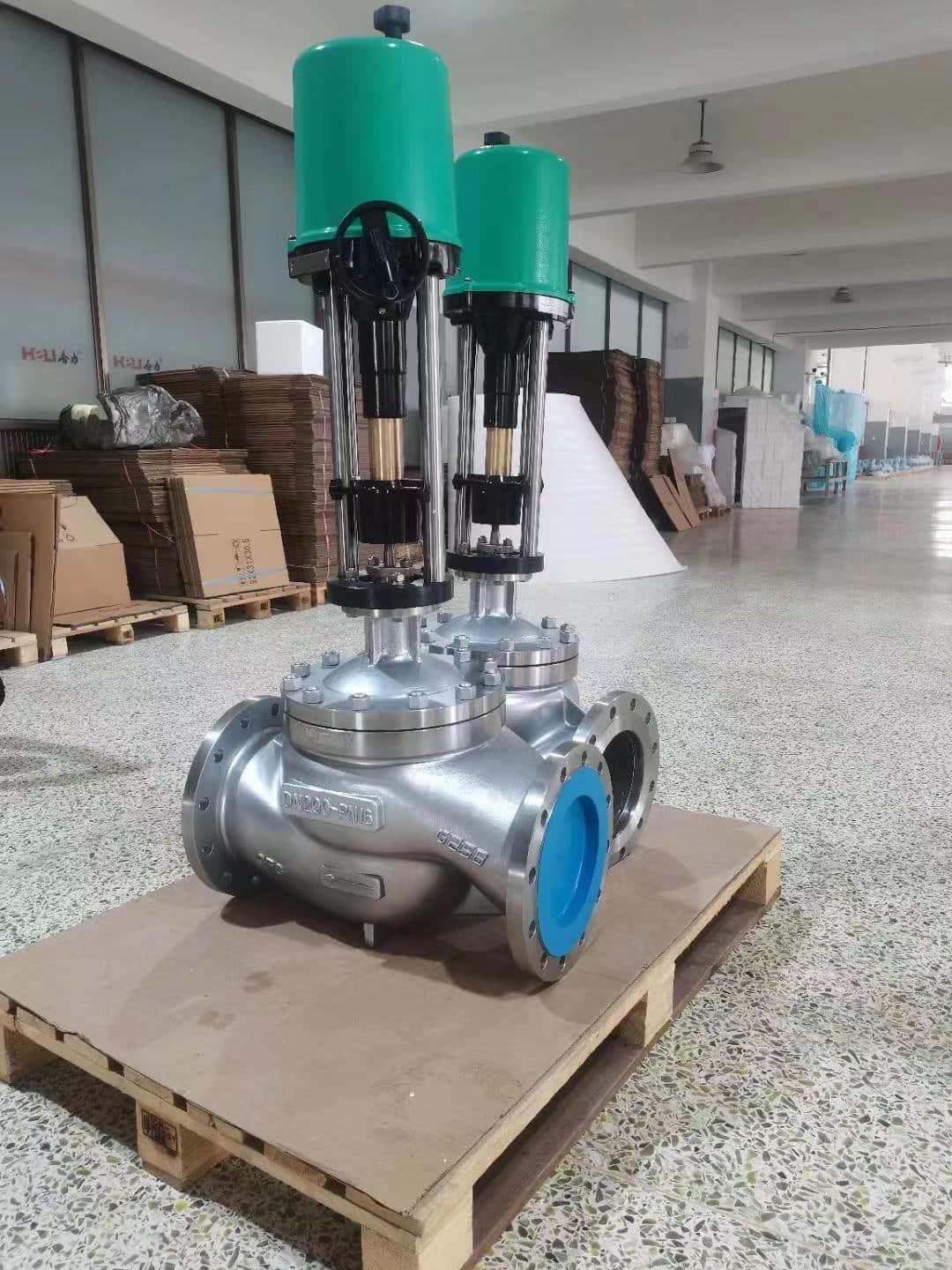understanding the wcb electric single seat regulating valve: a comprehensive overview
Release time:2024-10-14 12:09:15
The WCB Electric Single Seat Regulating Valve is an essential component in modern industrial applications, playing a crucial role in fluid control systems. Designed for precision and efficiency, this valve type is widely utilized in various sectors, including oil and gas, chemical processing, water treatment, and HVAC systems. This article delves into the features, applications, and advantages of the WCB Electric Single Seat Regulating Valve, highlighting its importance in enhancing operational performance and reliability.

Design and Functionality The WCB Electric Single Seat Regulating Valve is engineered with a simple yet effective design that ensures optimal flow control. It consists of a single seat and a disk that moves vertically to open or close the valve. The actuator, powered by electricity, adjusts the position of the disk based on the control signal it receives, allowing for precise modulation of flow rates. This design minimizes the chances of leakage and ensures a tight shut-off, making it ideal for applications that require accurate control over liquid or gas flow.
One of the distinguishing features of the WCB Electric Single Seat Regulating Valve is its ability to handle a wide range of pressures and temperatures, making it suitable for various industrial environments. The valve is typically made from high-quality materials such as carbon steel, stainless steel, or special alloys, which contribute to its durability and resistance to corrosion and wear.

